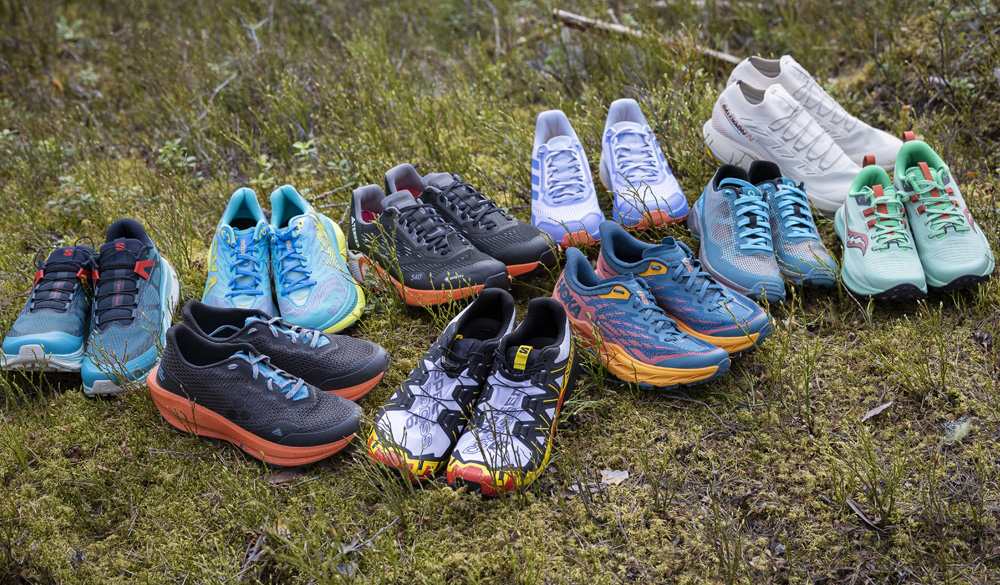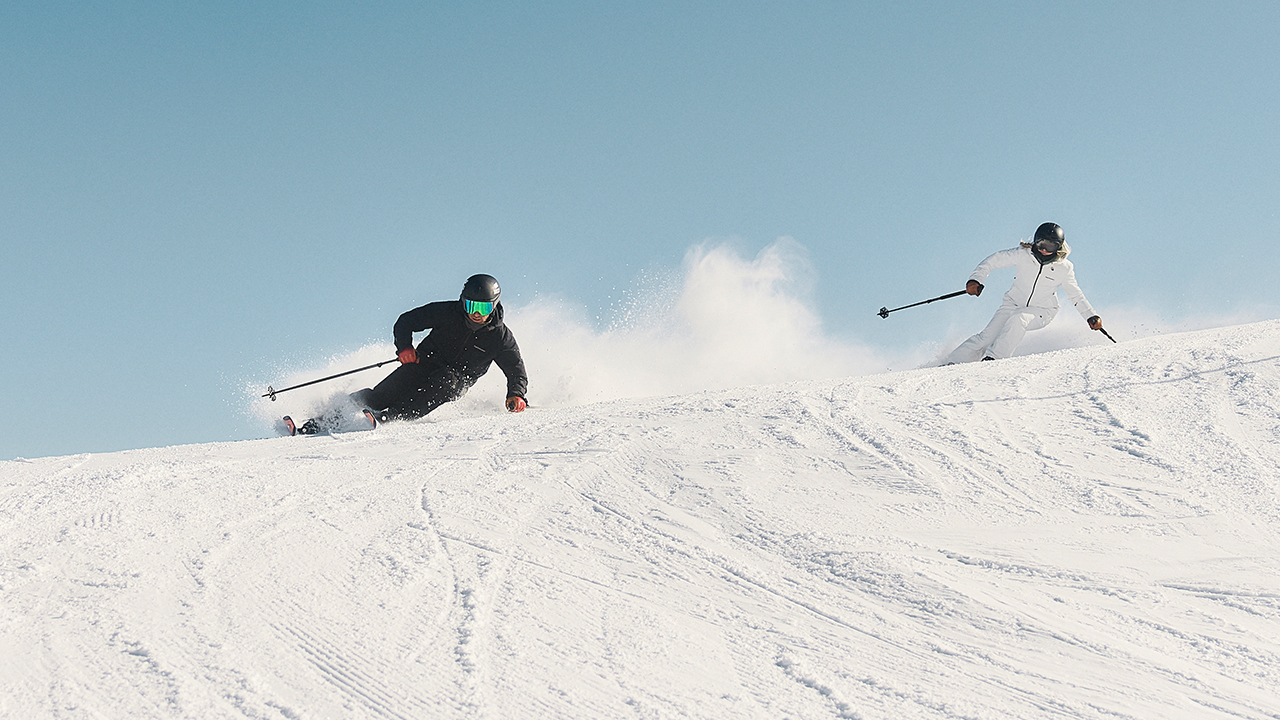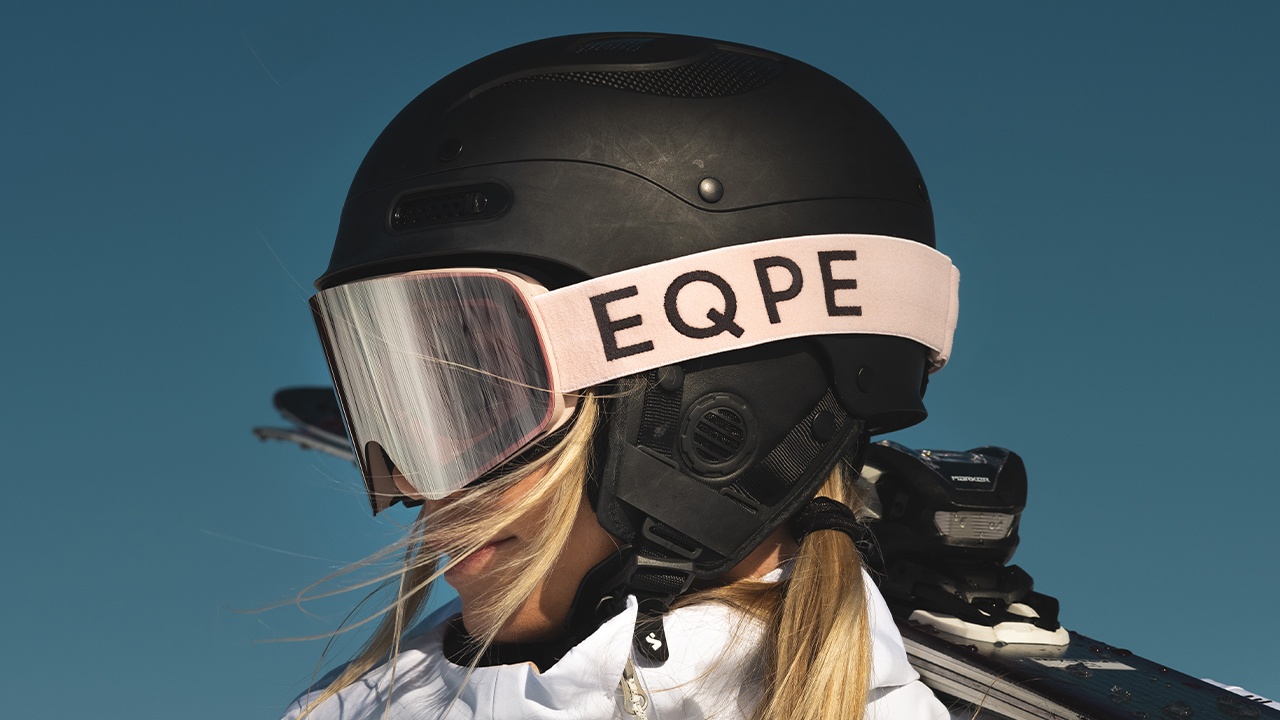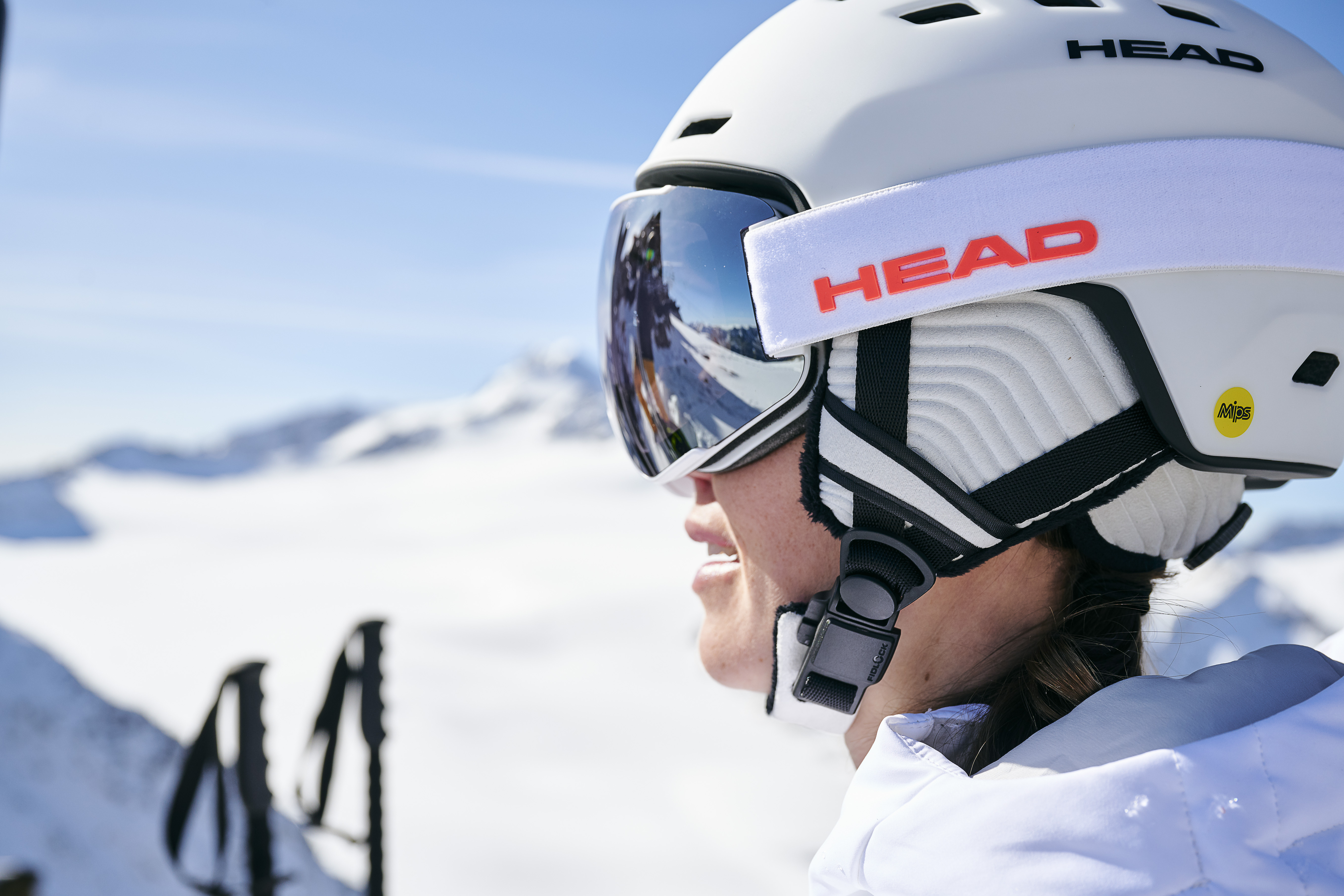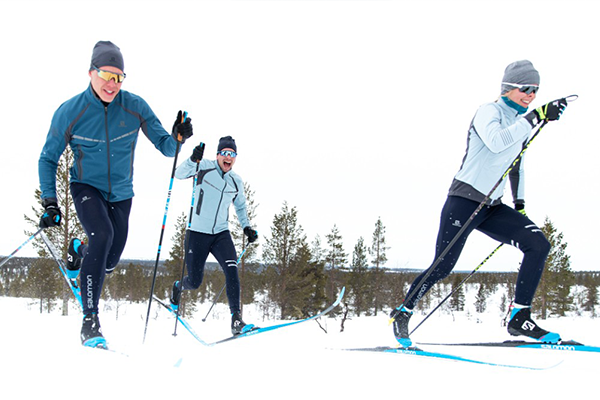Step 1
Decide what type of skiing the boot will be used for and judge your skiing level. Are you only going to ski on the piste? Are you out in the park a lot? Are you running up and down after kids on the children’s slopes and barbecuing hotdogs half the time? Are you a beginner, average or experienced skier?
Once you have the answer to the above questions, it’s a lot easier to decide which type of ski boot suits you best. A ski boot for park skiing is slightly softer with more cushioning. It is better to have a stiffer and more stable ski boot for skiing on the piste, and for off-piste skiing, a torsionally stiff ski boot with the right flex is appropriate.
What does flex mean?
Flex defines the ski boot’s rigidity in the front. The flex index generally varies from 60 to 110 for women and 70 to 140 for men. The higher the number, the more rigid the ski boot. This index differs amongst suppliers, and in reality is just an indication of the ski boot’s rigidity.
A heavy body weight combined with good ski technique means that you develop a lot of power, and in this case a rigid ski boot is needed to take best advantage of the ski’s properties. If you however have a lighter body weight or are a beginner, a ski boot with lower flex is more suitable.
The flex index is only an estimation and is far from the ski boot’s most important property. A ski boot can feel far too soft when you try it on in the shop, but it is important to remember that the plastic is then warm. Once out in minus degrees it becomes more rigid and has a completely different feel. In summary, forget about a specific flex index and instead think in terms of whether you want to have a soft, semi-rigid or hard ski boot.
Step 2
Measure your foot. You do this by standing upright with your back against a wall, heel in towards the wall, and standing on a piece of paper. Draw around your foot as well as you can, then measure the length and breadth of your foot in centimetres, and write this measurement down on the paper.
Step 3
Choose the right size. All ski boot sizes are stated in mondopoint, which is the equivalent of centimetres. The recommendation is to choose the size which is just over your foot measurement, i.e., if your foot measures 26.9 cm then you should choose a ski boot with size 27.5. The ski boot’s width is called last, and the wider the last the more comfortable the boot. For an optimal fit you should choose a last width that is somewhat narrower than your foot.
The most common mistake when trying on ski boots is to compare them to how a comfortable pair of shoes fit. This means that many choose a ski boot that fits comfortably in the shop, which often means it is too large. This means you have to tighten the ski boot harder and harder as the day goes on, the arch of your foot is then pushed down and the blood supply is cut off, which leads to cramp and cold toes. Try to choose a ski boot that you can just get your foot into, fasten the buckles on the middle level and then see how it feels. The feeling should be that it fits like a glove without pinching and putting pressure on any particular point. Your toes should lightly touch the front when you stand upright, and when you crouch down in the ski position they should move back a few millimetres. Your heel should stay still.
Insoles in new ski boots are always factory shaped and the more heat and usage they are exposed to, the more they follow the shape of your foot. If you want to maximise comfort and performance, we recommend a moulded sole that fixes and gives your foot a neutral position in the ski boot.
What do I do if my ski boot pinches and hurts?
All ski boots have a general fit from the factory, which means that they suit the lumps and bumps of certain feet more than others. Today it is often quick and easy to make simple alterations to ski boots that pinch and squeeze. Contact one of our SkiStarshop Concept Stores for advice and help with the adjustment and special fitting of your ski boots.
